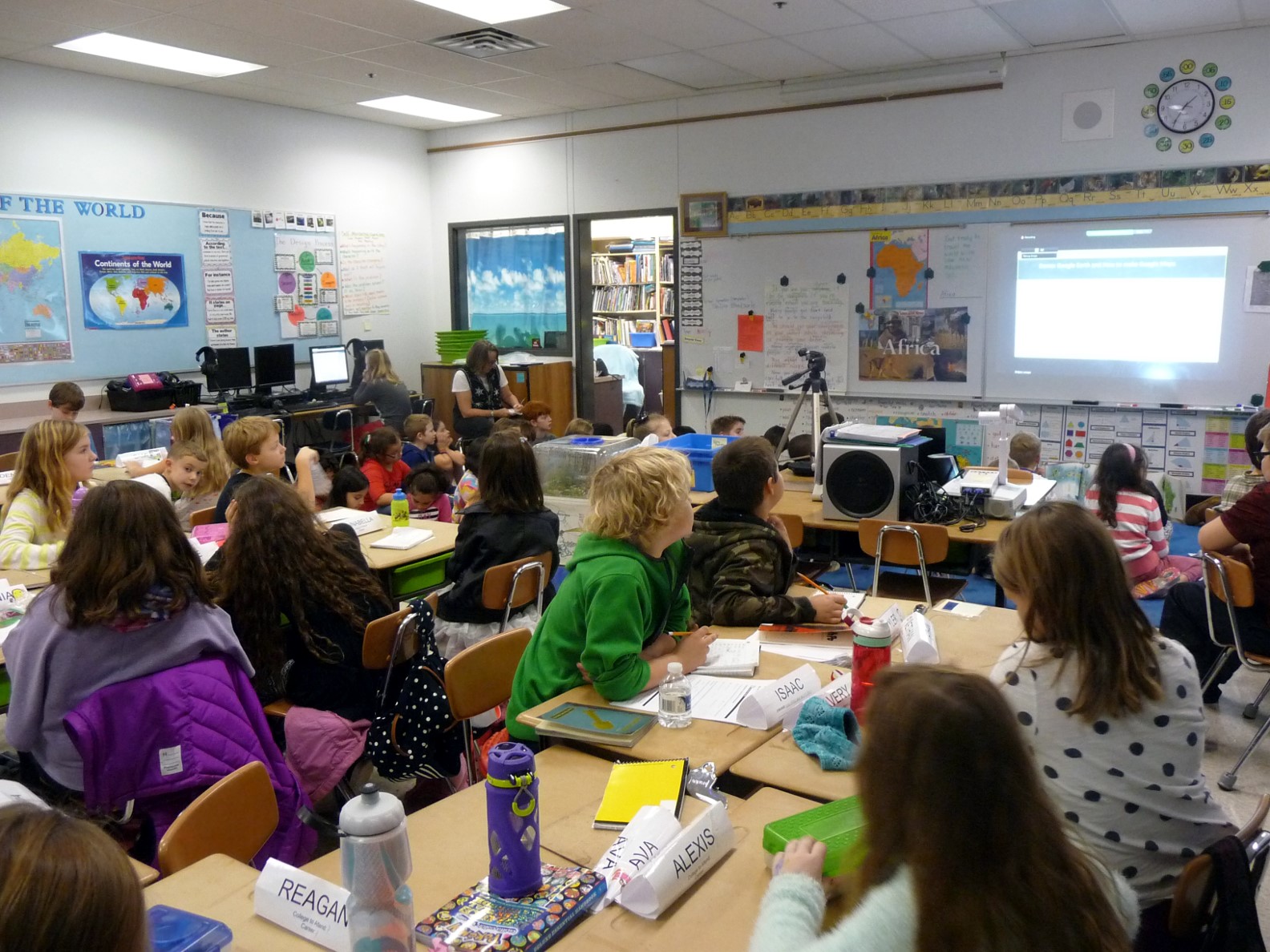We are thrilled to announce the formation of our new Advisory Board! This talented and accomplished team of professionals will play a crucial role in guiding our organization towards strategic growth, innovation, and improved performance. Their wealth of experience, knowledge, and insights will help shape our company’s future direction, ensuring that we continue to evolve and prosper in an ever-changing business landscape. Our Advisory Board is comprised of a diverse group of industry leaders, bringing together a wide range of expertise in fields such as business development, finance, marketing, technological innovation, and industry-specific experience. Their backgrounds will provide unique perspectives …
Fellowship vs. Scholarship
There is a lot of confusion around these terms, and it’s important to understand the difference between fellowship and scholarship to make the right choice for your situation. So here’s a quick overview of each: Fellowship: Fellowship is a type of financial aid typically requiring you to do community service or contribute to your university’s research. You are usually not required to attend classes while receiving fellowship support. Scholarship: A scholarship is a type of financial aid that typically requires you to attend classes while receiving financial support. You are usually not required to do community service or contribute to …
Why Teachers of Color Matter for Students of Color to Succeed
The importance of having teachers of color in the classroom cannot be overstated. For students of color, having teachers who look like them and share similar experiences can significantly impact their education and future success. Here are a few reasons why teachers of color matter to students of color. First, teachers of color can serve as role models. For many students of color, having a teacher who looks like them can provide a sense of belonging and validation. These teachers can serve as positive role models and help students see that they can succeed in their academic and professional careers. …
Continue reading “Why Teachers of Color Matter for Students of Color to Succeed”
Building Community With Friendly Fridays
Friendly Fridays is a community-building initiative that brings people together for social events on the last Friday of every month. Friendly Fridays aim to create a welcoming and inclusive environment where people from all walks of life can come together, make new friends, and connect with their community. The concept of Friendly Fridays is simple. A social event is held in a community space on the last Friday of each month. This can be a park, a community center, or any other location easily accessible to everyone. The events are free and open to anyone who wants to attend. The …
Community Partnerships
In today’s world, many people are looking for ways to make a difference in their community. Community partnerships are great for this. A community partnership is two or more organizations that work together to achieve a common goal. This can be anything from improving the quality of life in a community to working to protect the environment. One of the best ways to make a difference in a community is through participating in a community partnership. A community partnership can be great for getting involved with local organizations and getting to know them better. It can also give you the …
5 Common Flexible Seating Myths
There are a few flexible seating myths that people believe, but don’t necessarily always hold true. Here are 10 flexible seating myths to help clear up any confusion: 1. Flexible seating is only for large groups. This is not always the case. In fact, flexible seating can be a great option for smaller groups as well. For example, if you have a few employees who need to be seated together, a flexible seating option like a chair with a seatbelt can help you accommodate everyone. 2. Flexible seating is only for special events. Flexible seating can be a great option …
How Community Service Supports Students in Tough Times
Community service has long been seen as a valuable way of giving back to the community and helping students in tough times. The benefits of community service are numerous and include increased empathy and understanding, improved communication, and stronger relationships. In times of economic recession, community service can provide an essential financial boost to students. Many community service opportunities are offered at no cost to the participant, which can make them more accessible to those in need. Community service also provides opportunities for students to build valuable skills. Many community service organizations are in need of volunteers who are skilled …
Continue reading “How Community Service Supports Students in Tough Times“


